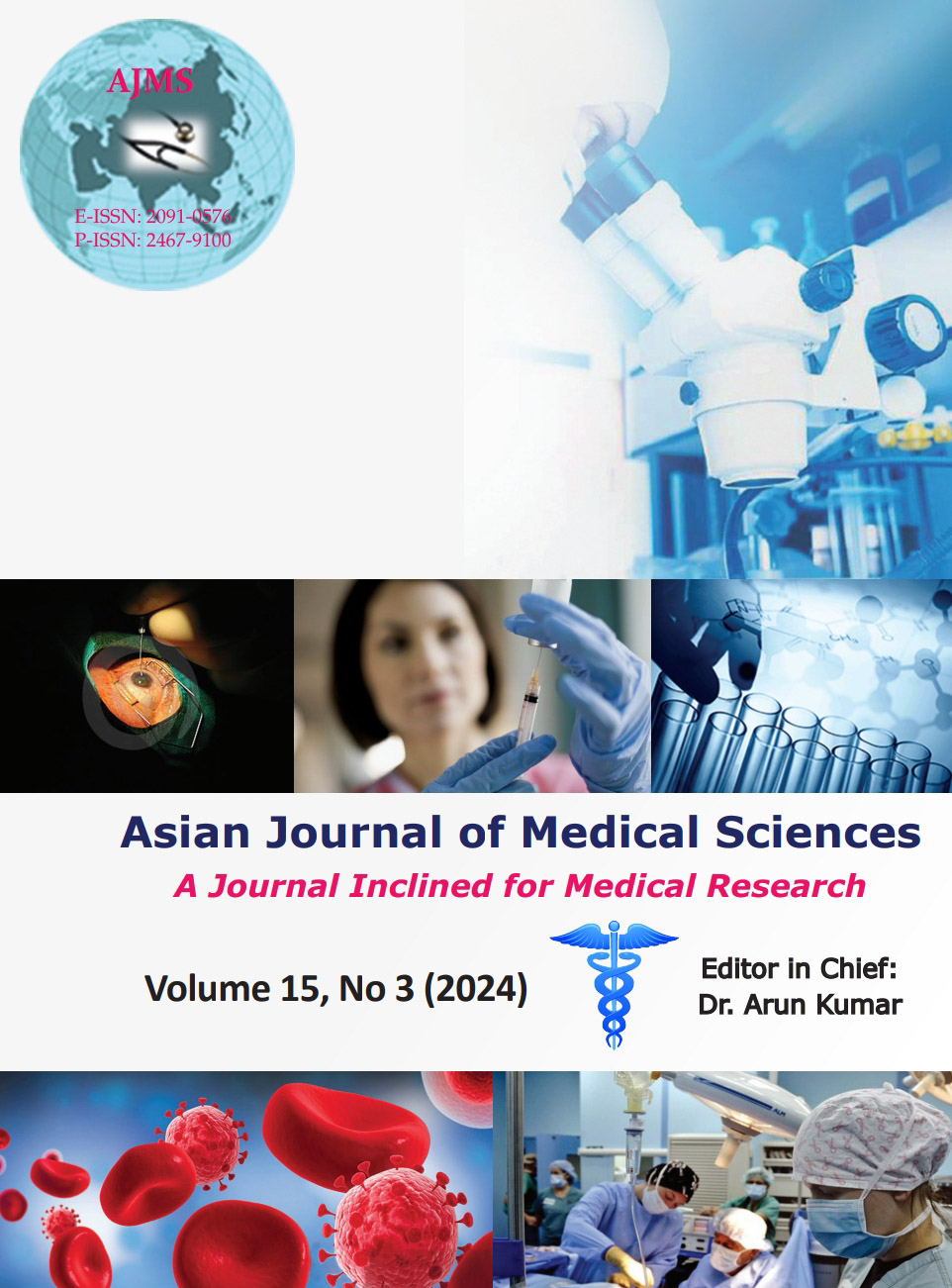Prospective randomized comparative study between EBRT alone and EBRT with ILRT boost in locally advanced unresectable esophageal cancer - Tertiary rural Indian cancer center experience
Keywords:
Esophageal cancer; Concurrent chemoradiotherapy; Radiotherapy dose; Standard dose; High doseAbstract
Background: Local recurrence within the gross tumor volume following a conventional radiation dose of 50 Gy is a major hurdle in achieving a better prognosis for esophageal carcinoma. Consequently, there remains a lack of consensus globally regarding the optimal dose for definitive concurrent chemoradiotherapy. Certain studies propose that radiation dose escalation could enhance clinical outcomes.
Aims and Objectives: The current study aimed to compare the safety and effectiveness of external beam radiotherapy (EBRT) alone versus EBRT with intraluminal radiotherapy (ILRT) boost.
Materials and Methods: A total of 60 patients with locally advanced unresectable squamous cell carcinoma of the esophagus were prospectively enrolled in this study. A comparison was conducted between 50 Gy EBRT alone and 50 Gy EBRT with 8 Gy ILRT boost, alongside weekly concurrent chemotherapy, to assess the response and toxicities.
Results: On initial assessment, a complete response (CR) was achieved in 76.66% of patients in the ILRT boost arm and 70% in the EBRT alone arm (P=0.559). At the 6th-month follow-up, 60% of patients in the ILRT boost arm and 50% in the EBRT alone arm still had a CR. No statistically significant differences were observed between the two arms in terms of leukopenia (P=0.576), nephrotoxicity (P=1.0), radiation dermatitis (P=0.615), vomiting (P=0.921), and diarrhea (P=1.0). Five patients in the ILRT boost arm and three in the EBRT alone arm experienced stricture, while no cases of fistula formation were reported.
Conclusion: Dose escalation with ILRT can result in an enhanced CR accompanied by manageable toxicity, ultimately leading to improved locoregional control.
Downloads
Downloads
Published
How to Cite
Issue
Section
License
Copyright (c) 2024 Asian Journal of Medical Sciences

This work is licensed under a Creative Commons Attribution-NonCommercial 4.0 International License.
Authors who publish with this journal agree to the following terms:
- The journal holds copyright and publishes the work under a Creative Commons CC-BY-NC license that permits use, distribution and reprduction in any medium, provided the original work is properly cited and is not used for commercial purposes. The journal should be recognised as the original publisher of this work.
- Authors are able to enter into separate, additional contractual arrangements for the non-exclusive distribution of the journal's published version of the work (e.g., post it to an institutional repository or publish it in a book), with an acknowledgement of its initial publication in this journal.
- Authors are permitted and encouraged to post their work online (e.g., in institutional repositories or on their website) prior to and during the submission process, as it can lead to productive exchanges, as well as earlier and greater citation of published work (See The Effect of Open Access).




